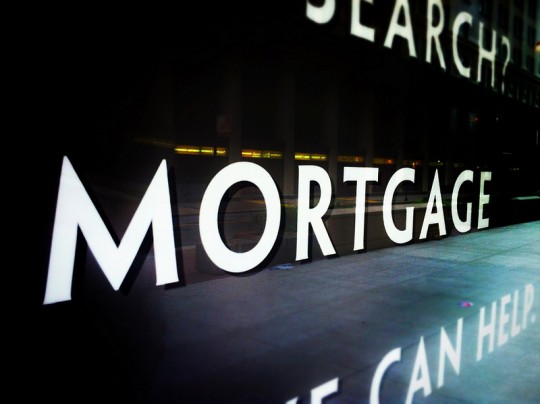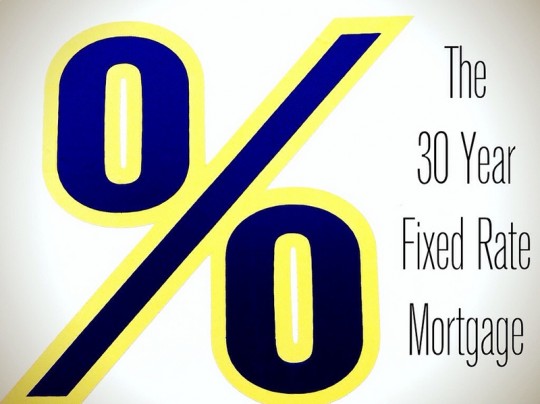According to the Mortgage Bankers Association’s Weekly Applications Survey, the average contract interest rate for 30-year fixed-rate mortgages fell last week, reaching the lowest point since June. The drop in rates was the second in as many weeks and kicked off a surge in demand for home loans. The Market Composite Index, which measures both purchase and refinance volume, was up 6.4 percent from one week earlier, due to a 9 percent increase in refinance demand and a 2 percent spike in purchase loan activity. The survey, which covers 75 percent of all U.S. residential mortgage applications, has been conducted weekly since 1990. More here.
Tag Archive for mortgages
Mortgage Rates Fall To Lowest Level Since June
According to the Mortgage Bankers Association’s Weekly Applications Survey, the average contract interest rate for 30-year fixed-rate mortgages fell again last week. Mortgage rates are now at their lowest point since June. Despite the drop in rates, however, demand for mortgage loans overall was down 0.4 percent, due to a 6 percent slide in the seasonally adjusted Purchase Index. The Refinance Index, on the other hand, saw a 3 percent uptick due to consecutive weeks of declining mortgage rates. The increase brought the refinance share of total mortgage activity up to 63 percent. According to the report, all fixed-rate mortgages fell to three-month lows last week. More here.
The Continuing Popularity Of The 30-Year Fixed Rate Mortgage
The 30-year fixed-rate home loan has been the most popular choice for borrowers for many years. In fact, when 15-year rates fell to an historic 2.5 percent last year, the 30-year term still accounted for 85 percent of all home-purchase loans. During the first half of this year, nearly 90 percent of homebuyers chose it. According to Freddie Mac’s chief economist, Frank Nothaft, there are three reasons for the continued popularity of 30-year fixed-rate mortgages. First among those is the fact that it is more affordable. Because the term is longer, the monthly payment is lower than it would be on a shorter-term mortgage. They are also more stable because the rate is locked in and not subject to the ups and downs of the market. Finally, Nothaft says flexibility is a feature of 30-year loans that makes them popular with buyers and borrowers. In short, 30-year loans continue to be the most popular mortgage product for American homebuyers because they are the most affordable and manageable, helping middle-class and first-time buyers enjoy the benefits of homeownership. More here.
Rising Home Prices Help Underwater Homeowners
The number of homeowners who owe more on their mortgages than their home is worth has fallen by 42 percent since the beginning of 2012. The positive trend has resulted in 5 million fewer underwater homeowners across the nation, according to the latest housing scorecard from the U.S. Department of Housing and Urban Development and the U.S. Department of the Treasury. The monthly scorecard collects key housing data and the results of the administration’s foreclosure prevention programs. Kurt Usowski, HUD’s deputy assistant secretary for economic affairs, said the more than 40 percent drop in underwater homeowners indicates that we are moving in the right direction. The improvement is largely due to continuing gains in home prices. Recent price reports have values up more than 12 percent over the past 12 months. More here.
Average Mortgage Rate Holds Steady From Week Before
According to Freddie Mac’s weekly Primary Mortgage Market Survey, the average interest rate for 30-year fixed-rate mortgages remained unchanged from the previous week, but up from one year ago. Frank Nothaft, vice president and chief economist at Freddie Mac, said rates held steady due to a mixed employment report. In August, the economy added fewer jobs than analysts forecast but, at the same time, the unemployment rate fell to 7.3 percent, which was the lowest its been since December 2008. Though unchanged from the week before, mortgage rates remain near their highs for the year. More here.





